HEALTH
More: Flowing Lava from Mauna Loa’s Fissure 3 Lava Channel
Published
2 years agoon
Lava from the eruption of Mauna Loa on Hawaiis Big Island is still flowing downslope toward the Daniel K. Inouye Highway (Saddle Road), according to the latest update from the U.S. Geological Surveys Hawaiian Volcano Observatory.
Mauna Loa, the worlds largest active volcano, began erupting at 11:30 p.m. HST on Nov. 27 in Hawaiʻi Volcanoes National Park, according to the USGS. The eruption was initially contained to the summit caldera, Mokuāweoweo, but migrated from the summit to the Northeast Rift Zone where fissures fed multiple lava flows, the agency said.
In an update Wednesday, the agency reported that only one active fissure in the Northeast Rift Zone, fissure 3, is generating the lava flow. Last week, fissure 3 sent lava fountaining 131–164 feet into the air, the USGS said.
A video shared by USGS on Wednesday, Dec. 7, shows a close-up of the fissure 3 lava channel near the vent, where it flows faster. The lava flow rate was measured at 32–39 feet per second.
As of Wednesday, the lava flow rate at the front, less than two miles from Saddle Road, was about 20 feet per hour, the agency said.
Hawaiʻi Volcanoes National Park has closed Mauna Loa Road from Kīpukapuaulu until further notice.
The eruption marks the end of the longest quiet period in Mauna Loas recorded history, which began when it last erupted in 1984.
More From Sci + Tech
-
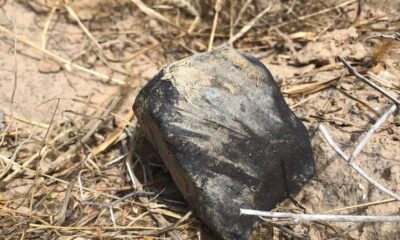

Meteorite Bit Recovered In Starr County, Texas
-
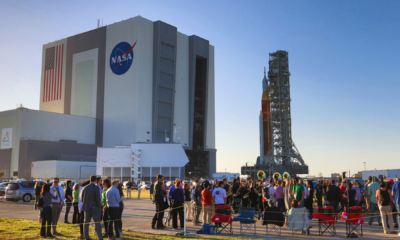

NASA contracts SpaceX for 5 more astronaut missions for $1.43…
-


High And Low Levels Of ‘Good’ Cholesterol Associated With Increased…
-
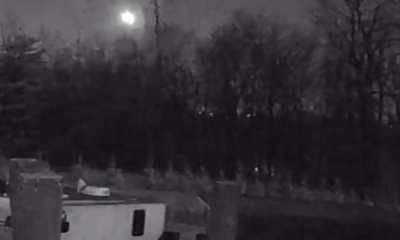

Our security camera (Linden, VA) view of tonights meteor in…
-
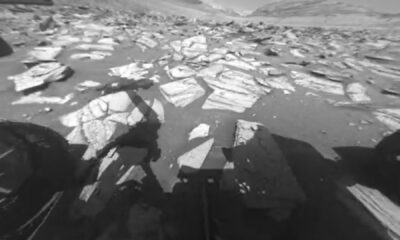

NASA’s Mars Curiosity Rover Shows Timelapse of Full Day Cycle…
-
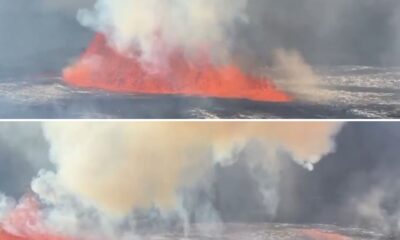

Kīlauea Volcano – Sizable bright orange lava fountain and fast…
-
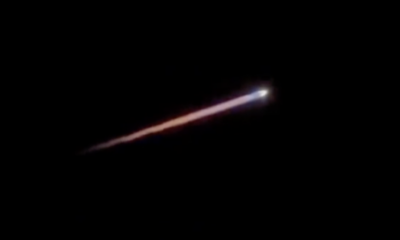

Happened to step out just in time to catch the…
-
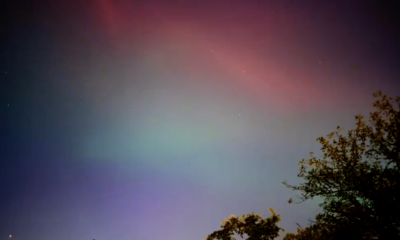

Time-lapse of tonights Aurora from Nashville, Edgehill Neighborhood (5/10/24)
-


Netflix Launches Basic With Ads
-
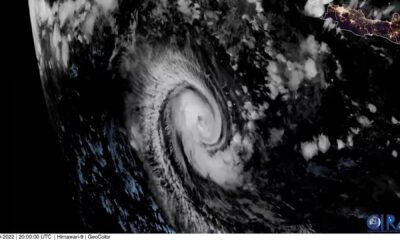

Satellites Show Tropical Cyclone Darian in the Indian Ocean Near…
-


Eating 3 Handfuls of Almonds Per Day is a Natural…
-
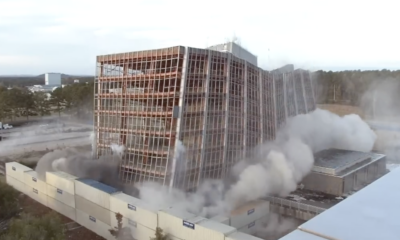

NASA Demolishes Vintage Marshall Space Flight Center Building 4200
